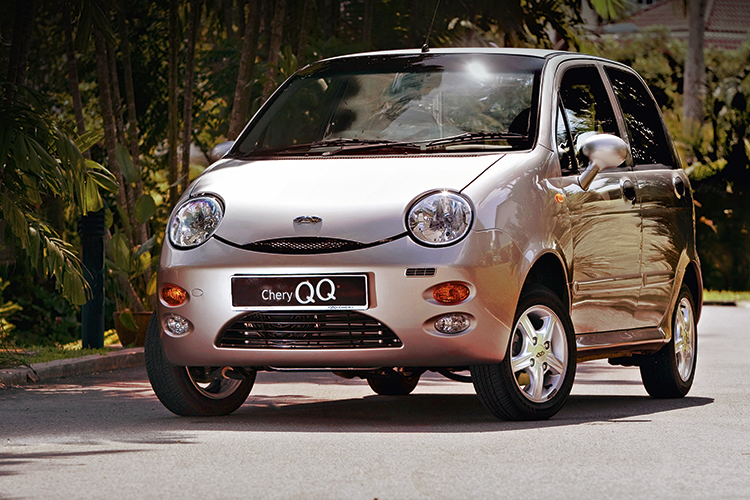
The Japanese, Korean and European manufacturers, which are the primary players in the Singapore car market, came face-to-face with contenders from the Middle Kingdom when Chinese automobiles were first introduced here back in 2006. Suddenly, even the Malaysian brands that competed on the basis of affordability had to contend with rivals that offered aspiring car owners even more cost-effective alternatives.
The earliest and most successful of these Chinese brands was Chery, which managed to register 269 cars in 2006 (its first year). This figure more than doubled to 637 cars in 2007, before dropping to 578 cars in 2008. The marque even managed to outsell Perodua from 2007-2009 and Proton in 2008.
Geely, too, managed to deliver its fair share of vehicles: From moving just 19 units in 2006, sales multiplied 26-fold to 505 units in 2007 – the brand’s best year to date.
Unlike Chery, however, Geely did not fare as well in its third year, with only 178 vehicles sold. A contributing factor to this was Geely’s range, which only consisted of two saloons (the compact CK and larger MK). Chery’s line-up, on the other hand, included an SUV and MPV.
Chery’s sales were driven by the QQ city car (which General Motors claimed was a blatant copy of its Chevrolet Spark hatchback), which has a road tax-friendly 800cc motor. In July 2009, a brand new QQ could be had for $25k – an amount that undercut the already affordable Perodua Kelisa.

The Geely Panda’s looks might have made the car a hit had it launched sooner.
The appeal of Chinese cars was further heightened by the plentiful supply of COEs (Certificates of Entitlement) that kept premiums at a reasonable level. By 2009, however, this trend began a downward spiral as the supply of certificates fell and premiums began to rise.
With COE premiums becoming more expensive (and costing many times more than the car itself), the affordability of Chinese brands was soon lost. A Chery QQ, for example, now lists for about $80k – more than enough to buy three QQs (with change to spare) back in 2009.
As demand for Chinese autos dwindled, Geely’s plans to introduce the entry-level Panda hatchback to Singapore in 2010 never came to fruition.
Although these sheet-metal “bears” never made it here, nonetheless, we can still look forward to seeing a pair of cuddly pandas from China (named Kai Kai and Jia Jia) at the River Safari theme park, which is projected to open in Singapore sometime this year.












